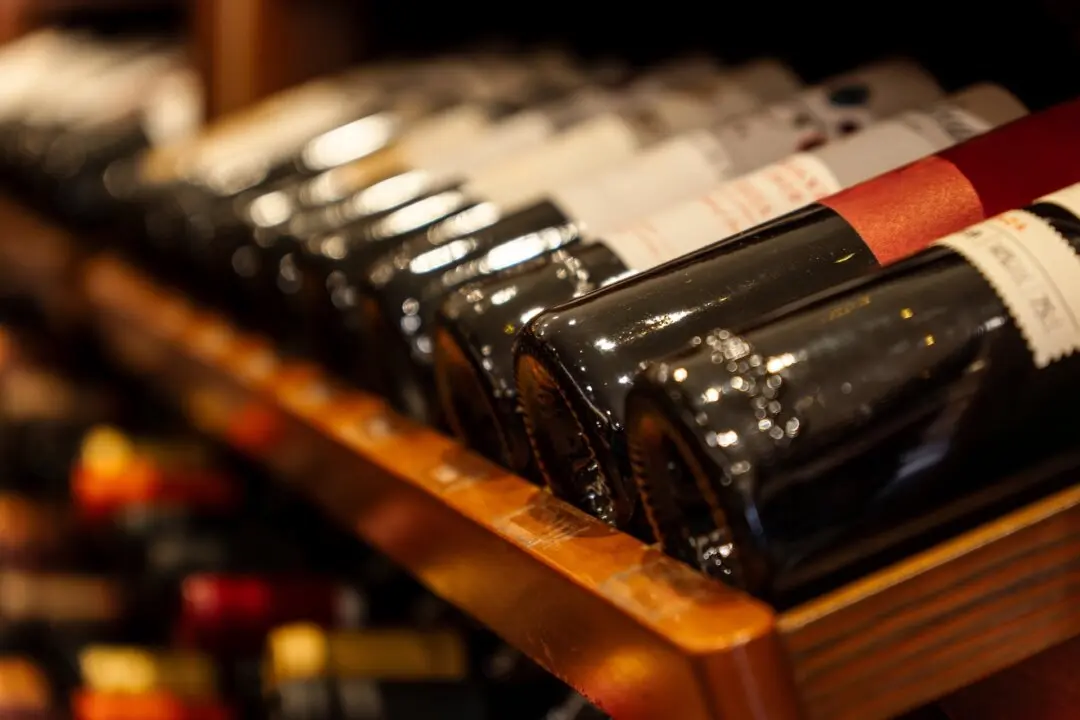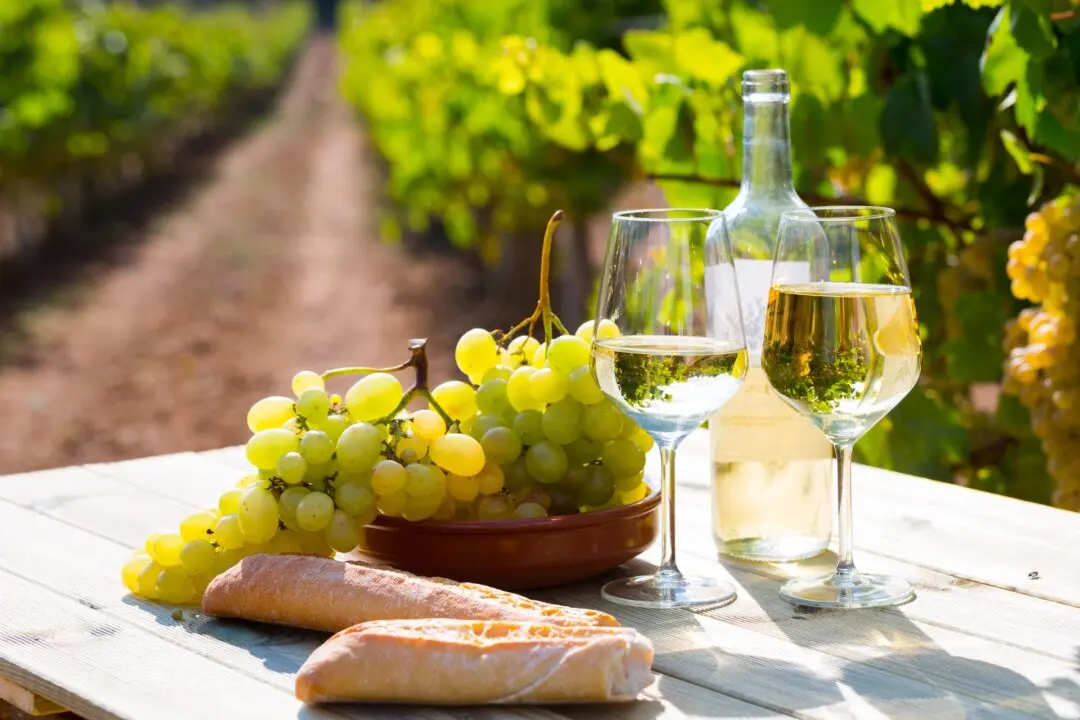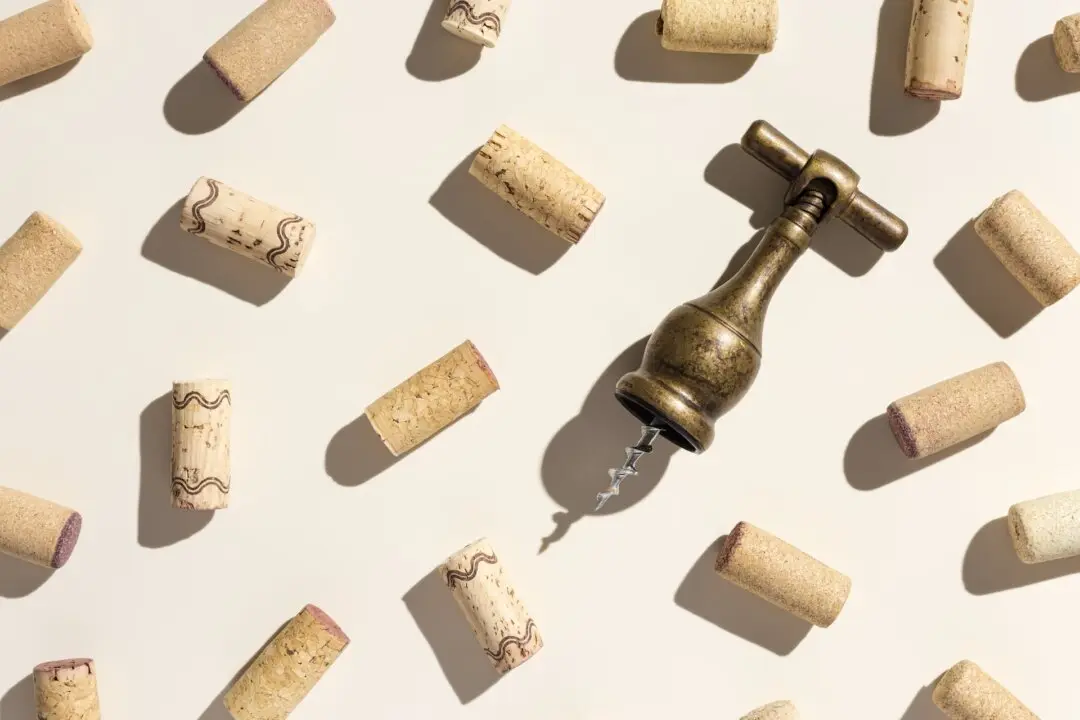Decades ago, a German winemaker pulled a label-less bottle of riesling from a fabric bag, pulled the cork, and asked me to taste it.
It was a time when most imported German rieslings were sweet and the winemaker asked me, “How much sugar do you think this wine has?”





